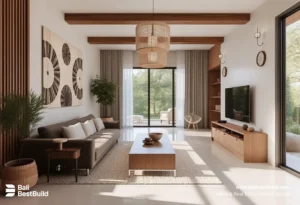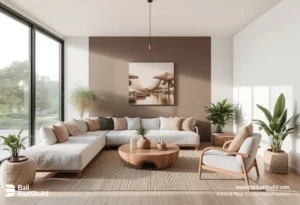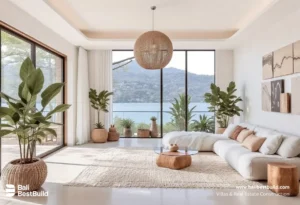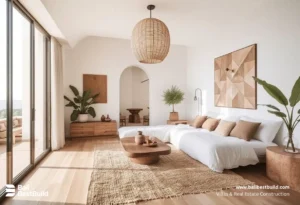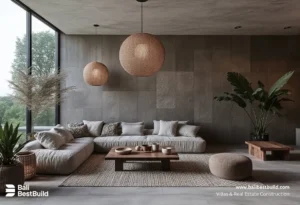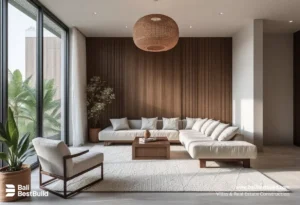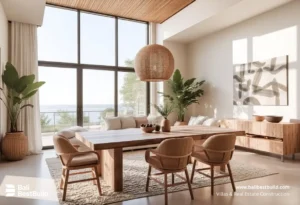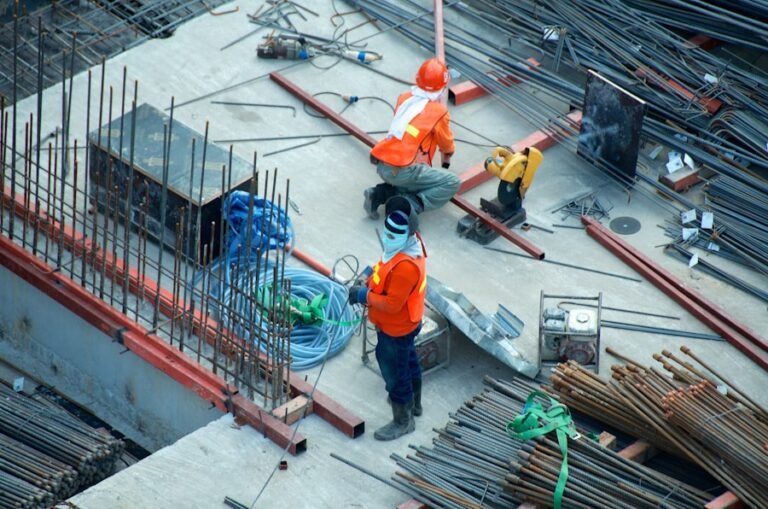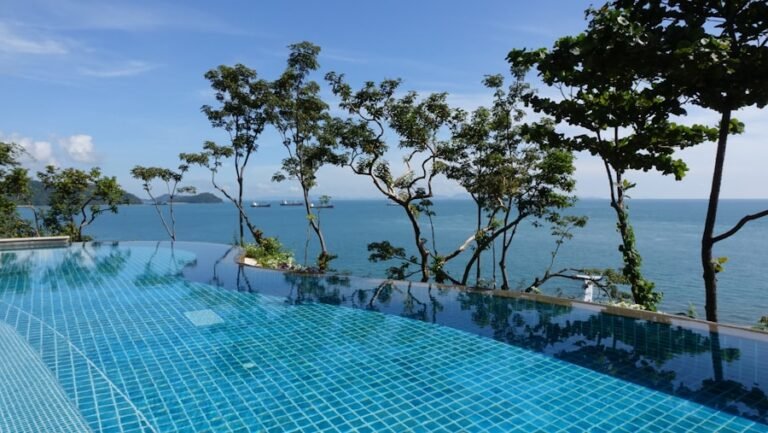Bali, known for its stunning beaches, lush landscapes, and vibrant culture, has become a popular destination for tourists from around the world. With the increasing demand for luxury accommodations, the construction of resorts in Bali has become a booming industry. The process of building a resort in Bali involves a myriad of considerations, including environmental and cultural factors, permitting and regulatory challenges, logistics and supply chain management, workforce and labor issues, design and aesthetics, as well as economic and community impact. Each of these aspects plays a crucial role in the successful development of a resort in Bali, making it a complex and multifaceted endeavor.
The construction of resorts in Bali is not only a means of meeting the growing demand for accommodation but also an opportunity to contribute to the local economy and community. However, it is essential to approach resort construction in Bali with careful consideration of the environmental and cultural impact, as well as adherence to regulatory requirements. Balancing the need for development with the preservation of the island’s natural beauty and cultural heritage is a delicate task that requires thorough planning and execution.
Environmental and Cultural Considerations
The construction of resorts in Bali must take into account the island’s unique environmental and cultural characteristics. Bali is renowned for its stunning natural landscapes, including lush rice terraces, volcanic mountains, and pristine beaches. As such, resort developers must carefully consider the impact of their construction activities on the local environment. This includes minimizing disruption to natural habitats, preserving biodiversity, and implementing sustainable building practices to reduce the resort’s carbon footprint.
Furthermore, Bali is home to a rich and diverse culture, with a strong emphasis on traditional art, music, and dance. Resort construction must respect and celebrate this cultural heritage, integrating local craftsmanship and design elements into the resort’s architecture and interior decor. Additionally, engaging with the local community and seeking their input on the development process can help ensure that the resort aligns with Bali’s cultural values and traditions.
Permitting and Regulatory Challenges
The process of obtaining permits and navigating regulatory requirements for resort construction in Bali can be complex and time-consuming. Developers must adhere to a range of local, regional, and national regulations governing land use, building codes, environmental impact assessments, and more. This often involves engaging with multiple government agencies and stakeholders to secure the necessary approvals for construction to proceed.
In addition to regulatory compliance, resort developers must also consider the potential impact of their projects on local infrastructure and services. This includes ensuring adequate water and waste management systems, as well as addressing concerns related to traffic congestion and noise pollution. By proactively addressing these challenges and working closely with relevant authorities, developers can streamline the permitting process and mitigate potential delays or setbacks.
Logistics and Supply Chain Management
The logistics of resort construction in Bali present unique challenges due to the island’s geography and limited infrastructure. Materials and equipment must be transported to remote locations, often requiring careful coordination with local suppliers and transportation providers. Additionally, the reliance on imported goods may result in longer lead times and increased costs, necessitating strategic supply chain management to ensure timely delivery of construction materials.
Furthermore, the logistics of transporting labor and skilled workers to construction sites in Bali can be complex, particularly during peak tourist seasons when transportation options may be limited. Effective workforce management and coordination are essential to ensure that construction projects remain on schedule and within budget. By establishing strong partnerships with local suppliers and service providers, resort developers can optimize their logistics operations and minimize disruptions to construction activities.
Workforce and Labor Issues
The recruitment and management of a skilled workforce are critical components of successful resort construction in Bali. The island’s construction industry relies heavily on migrant labor from other parts of Indonesia, as well as expatriate workers with specialized skills in architecture, engineering, and hospitality. Ensuring fair wages, safe working conditions, and compliance with labor laws is essential to attracting and retaining a skilled workforce.
Additionally, language barriers and cultural differences can present communication challenges on construction sites in Bali. Effective leadership and clear communication are essential to foster a collaborative work environment and ensure that all workers understand their roles and responsibilities. By investing in training and professional development opportunities for local workers, resort developers can contribute to the long-term growth and sustainability of Bali’s construction industry.
Design and Aesthetics
The design and aesthetics of resorts in Bali play a crucial role in attracting tourists and creating memorable guest experiences. Balinese architecture is characterized by its use of natural materials, intricate carvings, and open-air spaces that blend seamlessly with the surrounding landscape. Resort developers must carefully consider these design principles when conceptualizing their projects, creating spaces that reflect the island’s unique cultural identity while offering modern amenities and comforts.
Incorporating sustainable design practices, such as passive cooling techniques and renewable energy systems, can further enhance the appeal of resorts in Bali while minimizing their environmental impact. Additionally, integrating local artwork, textiles, and furnishings into the resort’s interior design can create a sense of authenticity and connection to Bali’s vibrant artistic traditions.
Economic and Community Impact
The construction of resorts in Bali has far-reaching economic implications for the local community, providing employment opportunities, stimulating demand for goods and services, and contributing to overall economic growth. However, it is essential for resort developers to prioritize community engagement and social responsibility throughout the construction process. This includes supporting local businesses, hiring local workers whenever possible, and investing in community development initiatives that benefit residents beyond the immediate scope of the resort project.
Furthermore, resorts can play a significant role in promoting sustainable tourism practices that benefit both the environment and local communities. By partnering with local conservation organizations, promoting responsible tourism activities, and supporting cultural preservation efforts, resorts can help preserve Bali’s natural beauty and cultural heritage for future generations.
In conclusion, resort construction in Bali presents a unique set of challenges and opportunities that require careful consideration of environmental, cultural, regulatory, logistical, labor, design, economic, and community impact factors. By approaching these considerations with diligence and respect for Bali’s natural beauty and cultural heritage, resort developers can create sustainable and impactful projects that contribute positively to the island’s tourism industry while benefiting local communities.

